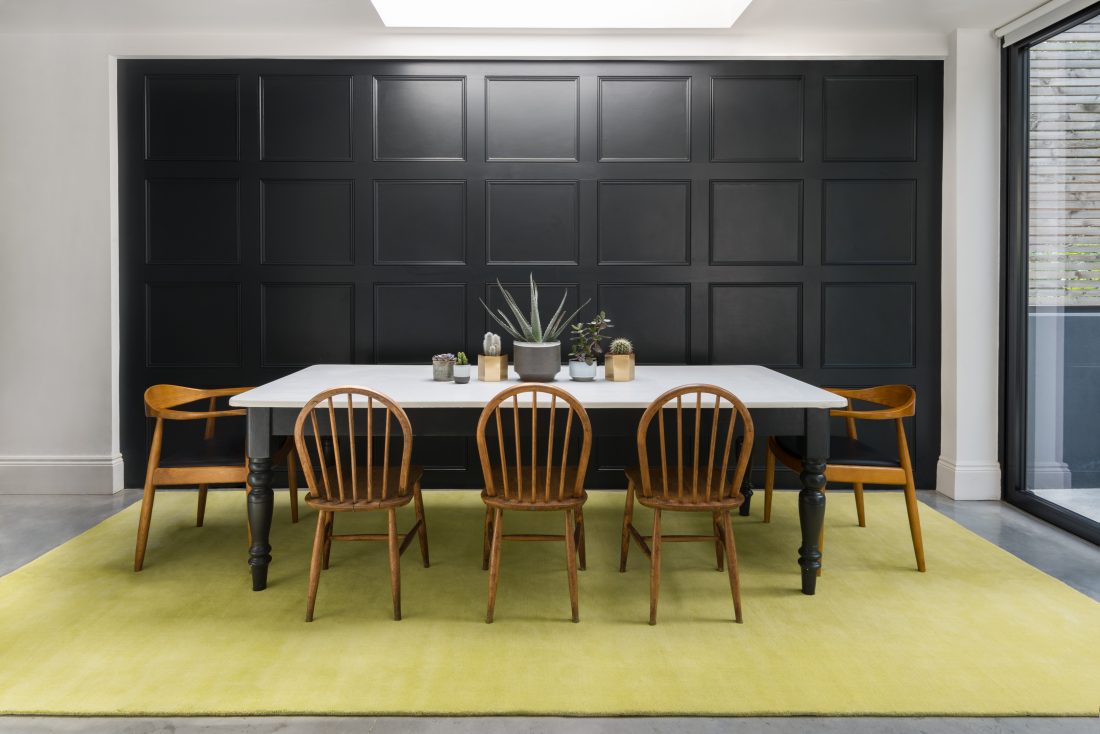Carpets are warm and welcoming. This humble piece of design accessory has got a seal of approval from everyone who has a knack for design and decor. But carpets require little extra care and attention as well, they can be cleaned and repaired almost infinitely and should last a lifetime. Christopher Sharp, founder, The Rug Company tells how to treat everyday stains, spillages, fluff, loose threads, and more.

Water-based stains such as tea, coffee or juice
These must be blotted up preferably before it dries out. Use a clean absorbent material such as a paper towel or tissue to soak up the excess moisture. When it has dried out, leave it until you are ready to have your rug professionally cleaned, when the stain can be treated and then removed by a handwoven rug specialist.
Vacuum to reduce the fluff
New rugs can shed a bit of fluff, which is just excess fibres that were not properly incorporated into the yarn during spinning. This is normal and is not a sign that your rug is falling apart! It is best to vacuum a rug often at first – after some time, the fluffing will lessen and eventually cease.
Abrash gives natural feel
Yarn prepared by hand is not completely uniform in colour or thickness. When this yarn is dyed, it does not take the colour evenly, and these inconsistencies produce a subtle stripe effect in the finished rug called ‘abrash’. This is a desirable feature of hand-knotted rugs, imparting them with life and character. Rugs made without abrash appear and look machine made.
Turn rugs to prevent fading
There are no dyes that are completely ‘photo stable’ or impervious to fading in sunlight. Over time, any material left in strong sunlight will fade. Traditionally, the best way to mitigate this effect is to turn a rug from time to time so that at least any fade is even.
Dealing with rugs with loose threads
When a rug is hand-knotted on the loom, the initial pile is significantly longer, before being sheared down to the desired height. Occasionally some longer threads are not cut and become embedded in the pile. Over time, these threads can protrude and should be carefully cut with sharp scissors. It is also possible that an individual knot has missed the warp or weft and therefore comes undone, this also creates a loose thread and in this instance, it is best to gently pull it out. As each knot is separate, the rug will not unravel, and the surrounding knots will simply fill in space.









